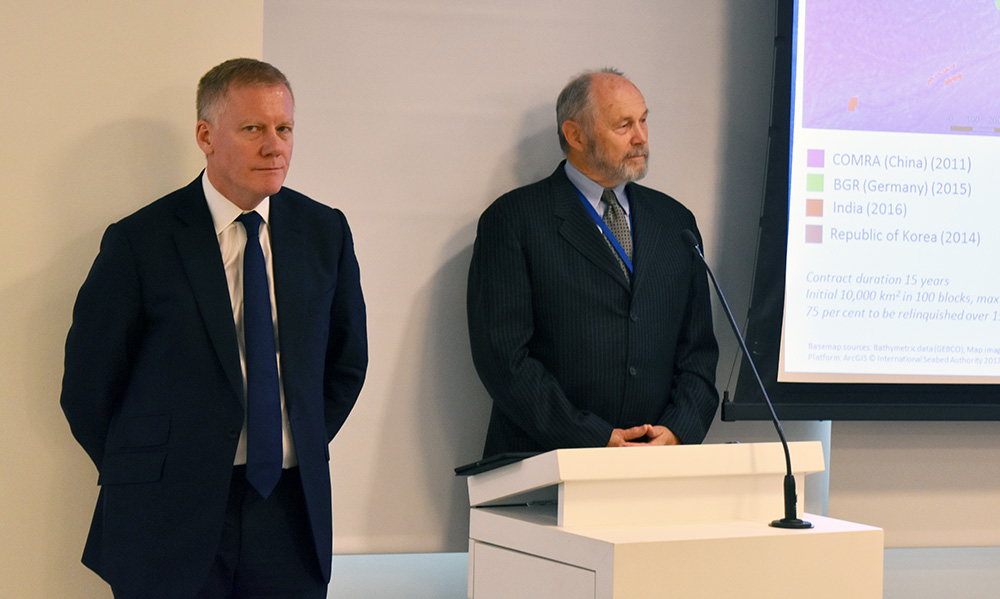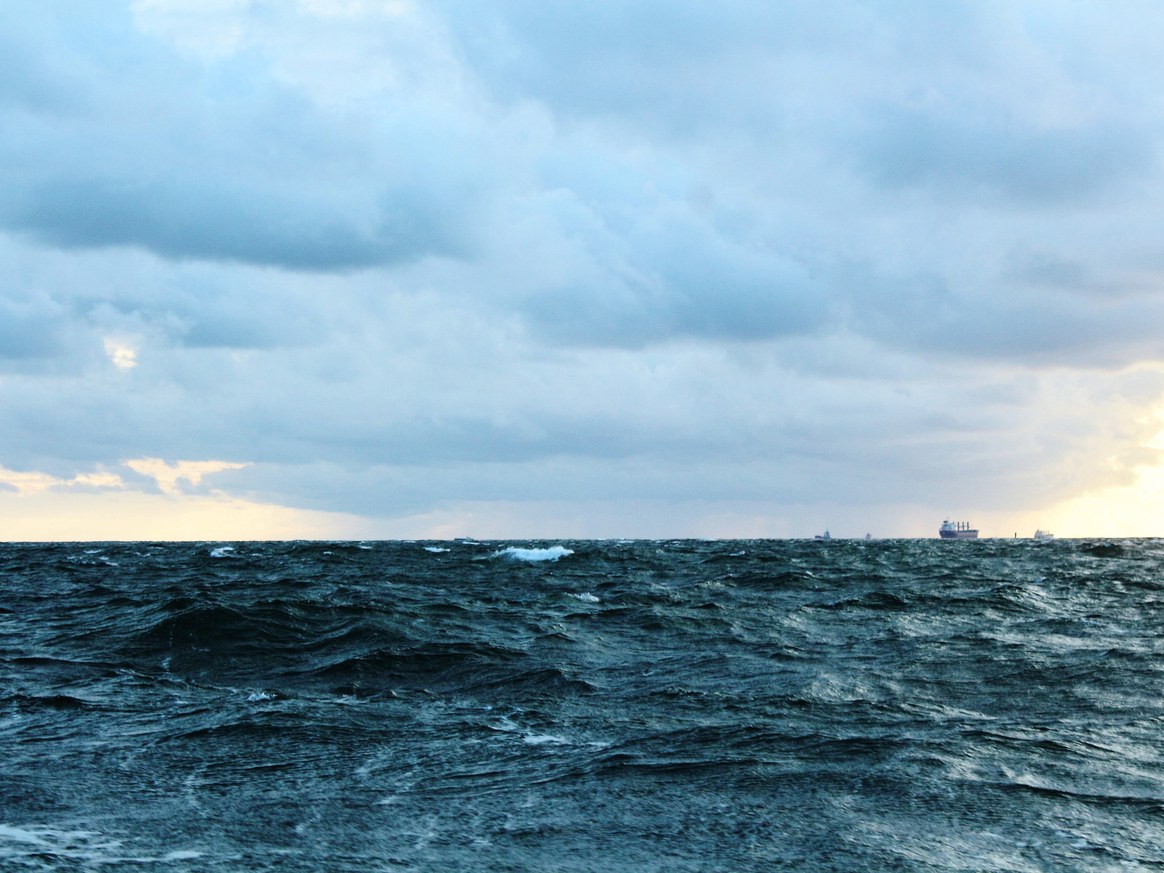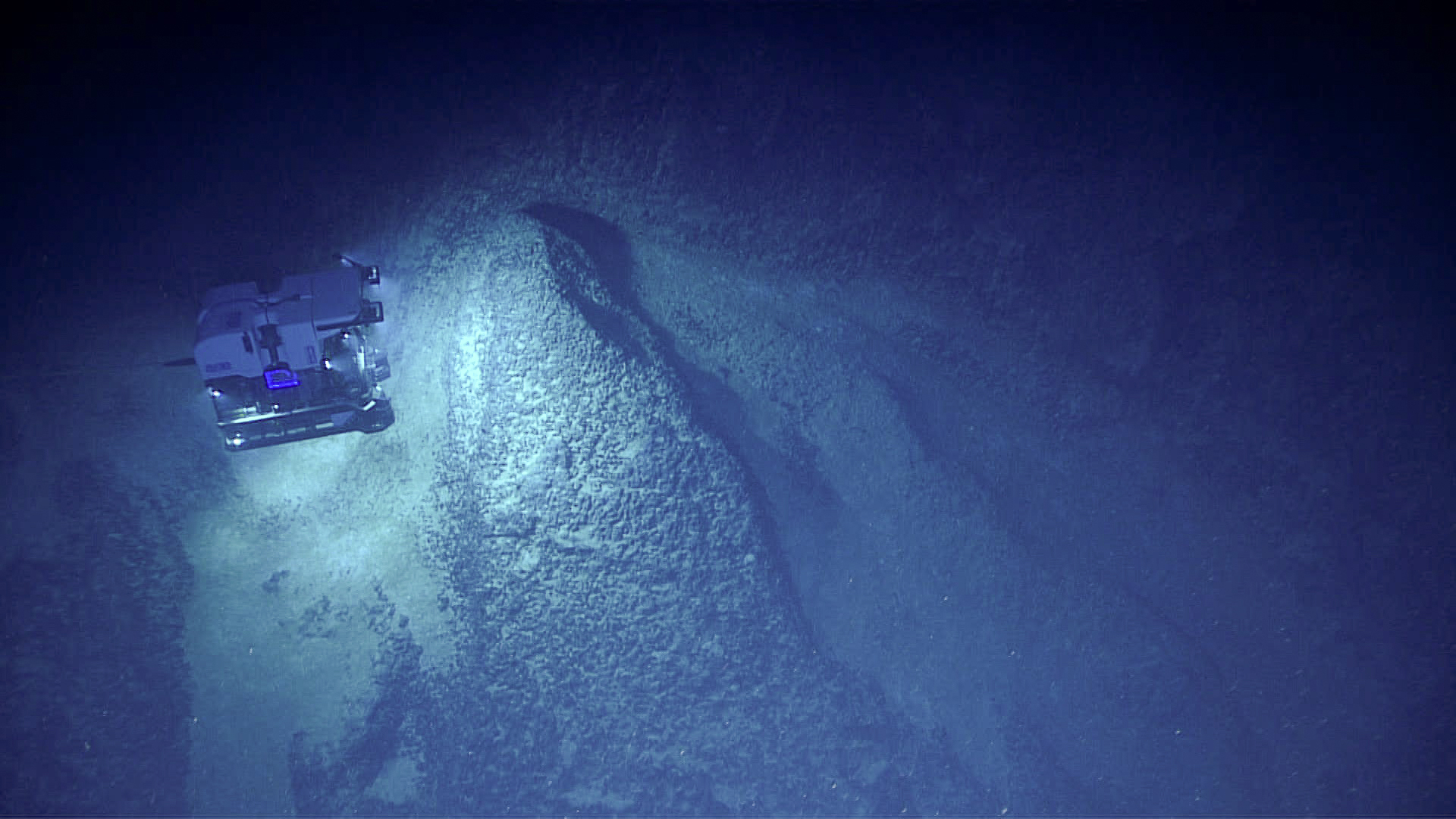JPI OCEANS | 19 October 2017
“In the 19th century, some researchers believed that below water depths of 1000 meters life was not possible. Today we know they were wrong. However, the deep sea still surprises scientists. Until recently it was widely believed that the large deep-sea plains in the central Pacific were very uniform and only sparsely populated. Another mistake, as researchers of the European project “MiningImpact” have found out: The ecological diversity in the deep sea is enormous.
This finding has implications for assessing environmental risks of proposed mining of metal ores from the deep sea. That is exactly what the 25 partner institutions of the project have been working on during the past three years. “We wanted to find out what would happen in the central Pacific if manganese nodules were to be mined at industrial scale,” says project coordinator Dr Matthias Haeckel from the GEOMAR Helmholtz Center for Ocean Research Kiel. This week participants meet at the Natural History Museum London (NHM), one of the project partners, for the final symposium. They not only discuss the results of the individual working groups with stakeholders, such as regulators, NGOs, and companies, but also put forward actual recommendations on how the deep-sea ecosystem could be protected.”





